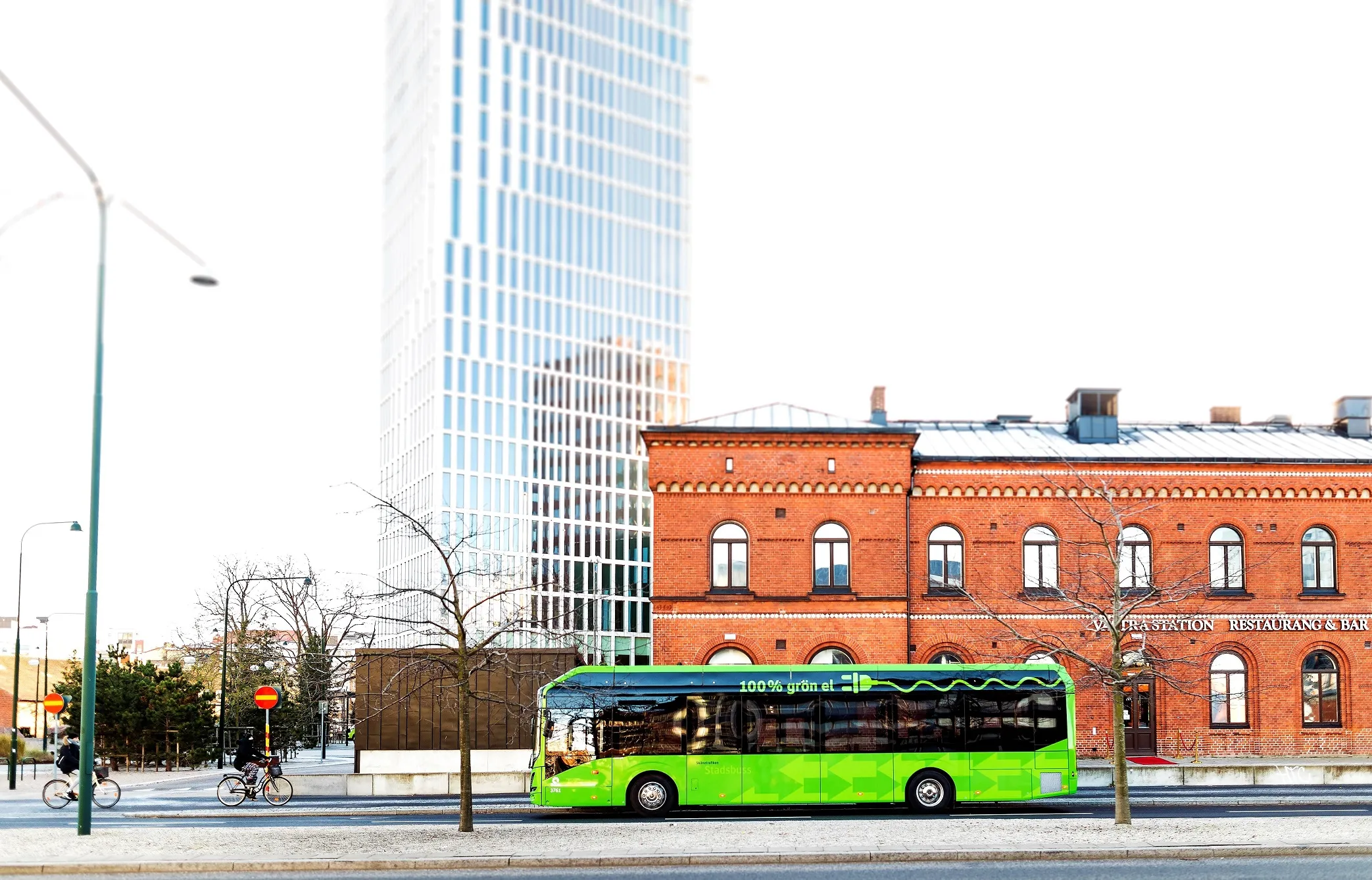According to Frost & Sullivan, in the context of converging mega trends such as urbanisation, technology advancements and social changes, cities and countries are being faced with a unique opportunity in intelligent mobility.
To enable mobility integration to happen several industries are beginning to converge and collaborate including the automotive sector, transport operators, technology service and payment providers to name a few.
"Effective and efficient mobility is only achievable through seaml
June 19, 2015
Read time: 3 mins
According to 2097 Frost & Sullivan, in the context of converging mega trends such as urbanisation, technology advancements and social changes, cities and countries are being faced with a unique opportunity in intelligent mobility.
To enable mobility integration to happen several industries are beginning to converge and collaborate including the automotive sector, transport operators, technology service and payment providers to name a few.
"Effective and efficient mobility is only achievable through seamless modal integration," says Frost & Sullivan Partner and Business Unit Leader for Automotive & Transportation, Franck Leveque. "We are beginning to see the development of an integrated transit system that has public transport services at its core, with last and first mile connectivity being provided by ancillary services such as micro transit and shared mobility services; all accessed through the same platform."
E-payment systems with the flexibility to pay after travel, using data storage and transfer to calculate fares, ease financial burdens on consumers, while mobility platforms, such as apps for smart phones and tablets, enable the transfer of real-time data about the location, distance, and other related information on-demand.
QIXXIT, a real time journey planner launched by the Deutsche Bahn, or the NS Business card by the Dutch NS, are successful steps into the direction of an integrated mobility, that offers a wide range of services for travellers or corporate clients, giving them access to all kinds of travel modes and inter-connecting them with travel planning and payment systems, all based on real time traffic information. Other new developments are micro transit models such as Leap transit, or Helsinki's Kutsuplus, which have evolved to bridge the gap between public and private transport.
"The current silos in the transportation ecosystem are not sustainable and a bottleneck for economic growth," concludes Leveque. "The industry is moving from a one dimensional approach to this multi-dimensional model for mobility as a whole, but it does require a seamless integration of all modes of transport to get the maximum possible impact. The cross interoperability and co-operation between the different entities in the ecosystem will be the factor that makes or breaks the future of mobility integration."
The future of mobility lies in a multi modal dynamic solution combining a journey from A to B through seamless integration of different forms of transport and with one single ‘digital ticket’. This trend is beginning to be realised by several mobility stakeholders and will be at the centre of Frost & Sullivan's forthcoming annual industry event Intelligent Mobility: Future Business Models in Connected and Automated Mobility, taking place on 1 and 2 July at the House of Lords and the Royal Garden Hotel in London.
To enable mobility integration to happen several industries are beginning to converge and collaborate including the automotive sector, transport operators, technology service and payment providers to name a few.
"Effective and efficient mobility is only achievable through seamless modal integration," says Frost & Sullivan Partner and Business Unit Leader for Automotive & Transportation, Franck Leveque. "We are beginning to see the development of an integrated transit system that has public transport services at its core, with last and first mile connectivity being provided by ancillary services such as micro transit and shared mobility services; all accessed through the same platform."
E-payment systems with the flexibility to pay after travel, using data storage and transfer to calculate fares, ease financial burdens on consumers, while mobility platforms, such as apps for smart phones and tablets, enable the transfer of real-time data about the location, distance, and other related information on-demand.
QIXXIT, a real time journey planner launched by the Deutsche Bahn, or the NS Business card by the Dutch NS, are successful steps into the direction of an integrated mobility, that offers a wide range of services for travellers or corporate clients, giving them access to all kinds of travel modes and inter-connecting them with travel planning and payment systems, all based on real time traffic information. Other new developments are micro transit models such as Leap transit, or Helsinki's Kutsuplus, which have evolved to bridge the gap between public and private transport.
"The current silos in the transportation ecosystem are not sustainable and a bottleneck for economic growth," concludes Leveque. "The industry is moving from a one dimensional approach to this multi-dimensional model for mobility as a whole, but it does require a seamless integration of all modes of transport to get the maximum possible impact. The cross interoperability and co-operation between the different entities in the ecosystem will be the factor that makes or breaks the future of mobility integration."
The future of mobility lies in a multi modal dynamic solution combining a journey from A to B through seamless integration of different forms of transport and with one single ‘digital ticket’. This trend is beginning to be realised by several mobility stakeholders and will be at the centre of Frost & Sullivan's forthcoming annual industry event Intelligent Mobility: Future Business Models in Connected and Automated Mobility, taking place on 1 and 2 July at the House of Lords and the Royal Garden Hotel in London.







